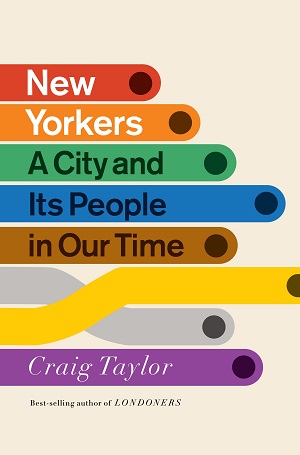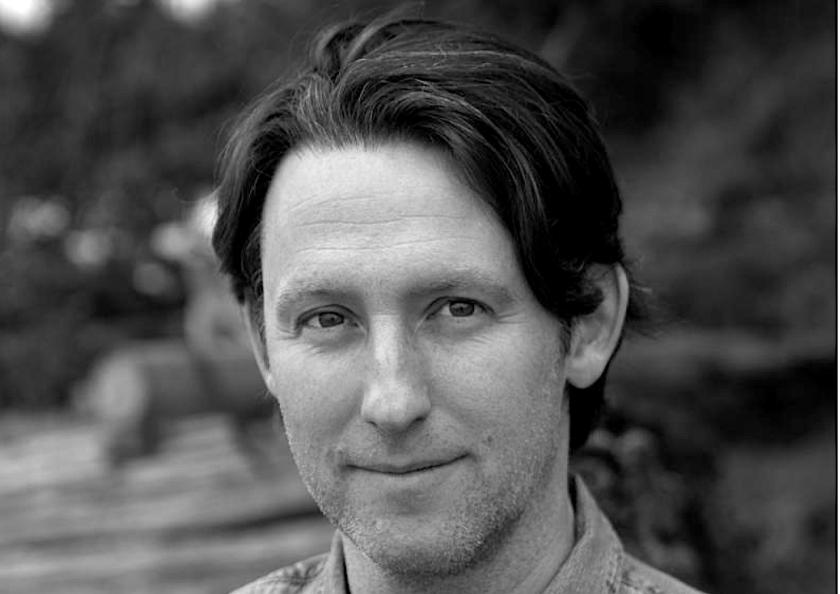For the last couple of years, until we were so rudely interrupted, I’d been spending chunks of the year in New York, a city I’ve come to know well these past 25 years. I’d once found the idea of it intimidating, scary even. A migraine-inducing sensory overload. Once there I came to understand it as a collection of neighbourhoods, villages, some a little intimidating perhaps, and as a basically friendly city where people looked out for one another as they do (or do not) in London. Yes, there are people with whom you avoid eye contact but there are many more strangers with whom you chat, on the subway, on wait-lines, in diners.
New Yorkers can be unnervingly direct about themselves and they sure can put you on the spot, as Brits rarely do. Twenty years ago, in an old-fashioned Italian restaurant in Greenwich Village, my father and I were having an early dinner. While he was in the bathroom, a woman who’d been sitting alone came to the table: “Is that your husband?” I said he was my father. She was nonplussed. “Are you gay?” No, I explained, it’s that my mother recently died so we’re having a holiday together. “Oh – so he’s available!”
In his introduction to this extraordinary oral biography of the city that never sleeps, Craig Taylor recalls a similar encounter when his father was visiting – an elderly neighbour took a shine to him in the elevator. “Now tell me, is he single?” she enquired a few days later as they were collecting their mail. Taylor, a Canadian and the author of Londoners, another oral history, moved to New York in 2014 and spent six years talking to 180 people, around half of whose voices made the book’s final cut from some 400 hours of recording and 71 notebooks. His goal was a book that would “capture the richness of its conversation, the complaints and quiet admissions of a city in flux; and one that would weave together the voices of an enormously diverse city: people from every borough, the rich and the poor, young and old, immigrant voices and native, those emboldened by the city as well as those who’d felt its hard edge”.
Living in the East Village, he got around mostly by subway and on foot, the better to immerse himself in the daily life of this extraordinary city and to be “led into experiences”. The “blander” the place of an encounter “the more interesting the person and the stories they’d tell”. His weekly volunteering at a food programme in the Flatiron District leads to an enduring friendship with Joe, a toothless, bent and homeless Vietnam vet. They’re both lonely, sometimes walking the streets together, Joe pushing his walker, looking for a sheltering doorway.
We hear from a cross-section of New Yorkers: a therapist, a seeker, a healer and a dentist, who feels a spiritual connection to his father as he inherits his patients and inspects the crowns his dad had made them. “In New York, you get a lot of grinding. You get cracked teeth, TMJ issues, joint issues,” he explains, a habit exacerbated by 9/11 and the financial crisis. There’s a landlord who bought into the meatpacking district when its cobblestones were “still slippery from the fat on the streets”, and a window cleaner, who does “ladder work, stick work, belt work – where you hang out the window on a belt - and scaffold”. Inspecting the belt is crucial, as is the right squeegee technique. There’s also a doctor, a dog walker, a sommelier, a cop, a lawyer, a car thief (“You got to be a good driver… never go straight”) and a mother whose son is incarcerated on Riker’s Island.
 There’s a banker, who in the previous week has spent a thousand bucks on ties, down which he routinely spills his lunch, and a guy who works in a bodega, who observes that New Yorkers “are very materialistic”. Steve Rosenthal, an “urban pioneer”, built a recording studio in SoHo when it was still scuzzy. Lou Reed and Suzanne Vega came, and David Bowie made his last two albums at the Magic Shop. But then sky-high rents forced closure. “I get capitalism. I understand it… But I don’t think this is capitalism. I think this real estate disease is something different. It’s purely speculative,” says Rosenthal. “It doesn’t offer any value to the city.”
There’s a banker, who in the previous week has spent a thousand bucks on ties, down which he routinely spills his lunch, and a guy who works in a bodega, who observes that New Yorkers “are very materialistic”. Steve Rosenthal, an “urban pioneer”, built a recording studio in SoHo when it was still scuzzy. Lou Reed and Suzanne Vega came, and David Bowie made his last two albums at the Magic Shop. But then sky-high rents forced closure. “I get capitalism. I understand it… But I don’t think this is capitalism. I think this real estate disease is something different. It’s purely speculative,” says Rosenthal. “It doesn’t offer any value to the city.”
There are extraordinary recollections of Far Rockaway, the working class community along the southern end of the A-Train most devastated by Hurricane Sandy, whose power is described in terrifying detail. I saw the area's resurgence first-hand just before it was again devasted, this time by Covid. Dan Bauso is a feisty personal injury who feels unwell but hasn’t got time to be sick. He only goes to hospital because his ex-wife, a nurse, insists. It’s early in the pandemic and the weirdness of driving near-deserted streets to a hospital already full to bursting is a shock. He’s positive, but sure he’ll beat it, fuelled by oxygen and hydroxychloroquine, then worried he might not; then belligerent, a major “fuck-you” to the virus. He’s frightened to go to sleep, but eventually loses the fight. When he awakes, he’s symptom-free and after another three days can go home. Bauso’s the first patient to be “clapped out”, bells ringing and the PA announcing the discharge of “a healthy patient”. That’s when it reality hit him.
Even in good times, New York is crazy in so many ways, but Edmée Reit “can’t really imagine living in another American city”, even as she grows old. “I have 68 tickets for concerts and ballet between now and May… It’s gold in the bank… Look what we have every night… It’s just a matter of priorities… It’s such a cornucopia. It’s fantastic. I simply can’t imagine living anywhere else.”
It's hard to disagree, and whatever the downsides I'd still love to live there, if only. Craig Taylor's book reminds me why.
- New Yorkers by Craig Taylor (John Murray, £25)















Add comment